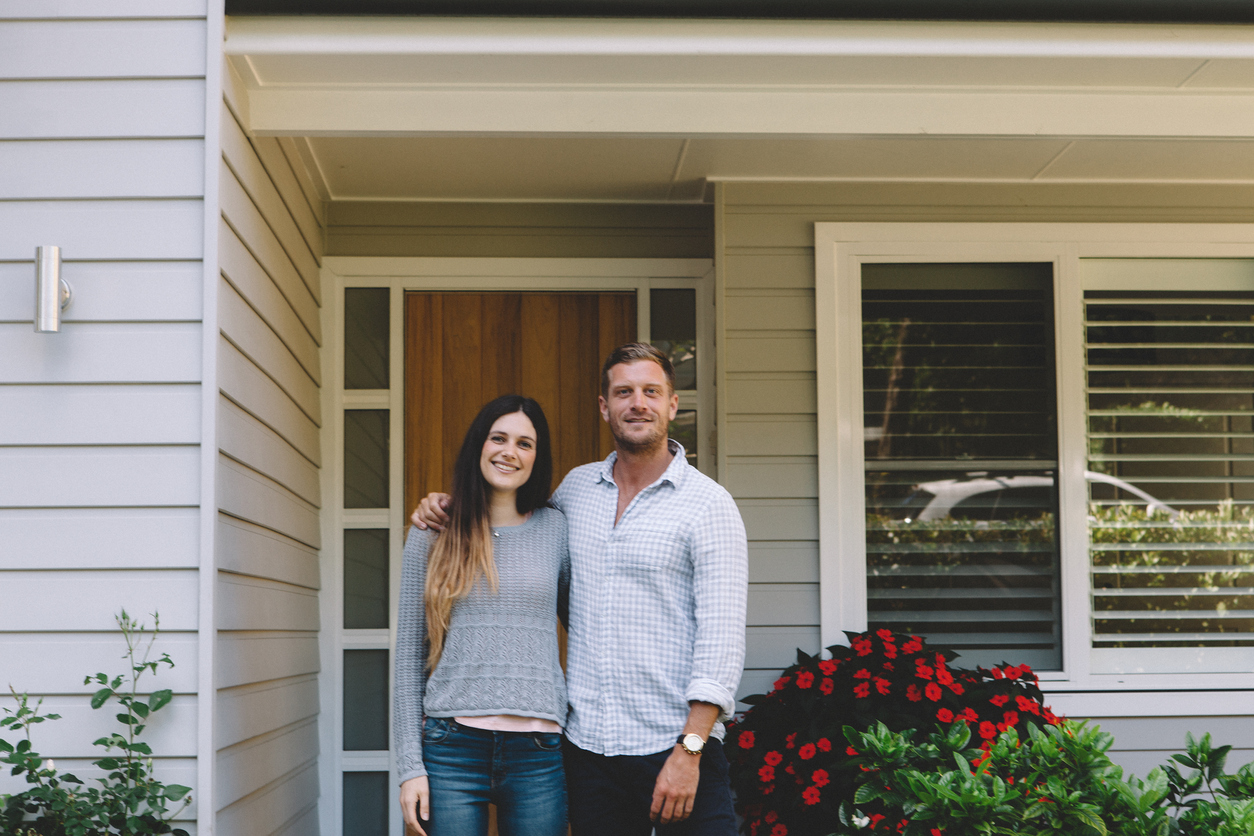Negative Gearing Should Exclude Wealthy Investors
Negative gearing reforms could save the federal government $1.7 billion without hurting “mum and dad investors”, according to the latest research from The Australian Housing and Urban Research Institute (AHURI).
Wealthy or “sophisticated” investors should be denied the tax benefits of negative gearing, while those in the bottom 50 per cent of incomes should be able to claim 100 per cent.
AHURI modelled their reforms based on research they conducted which found that negative gearing and CGT discount benefits are currently heavily skewed towards those who are more affluent, with higher incomes and greater property portfolios.
The research comes soon after economic modelling undertaken by University of Melbourne economists showed that three-quarters of Australian households would be better off if negative gearing is abolished.
The University of Melbourne study was presented to the Reserve Bank in January.
AHURI’s report showed that investors, on average, own a property portfolio worth more than $730,000 and have a tax assessable income of $82,000 compared to $31,000 for renters who do not own property.
Under the proposed reforms, investors in the bottom 50 per cent of the income distribution would receive a 100 per cent rental deduction; those in the 51st-75th percentiles receive a lower 50 per cent rental deduction, and those in the 76th-100th percentiles (representing ‘sophisticated’ investors) receive zero rental deductions.
The AHURI’s proposed reforms could potentially save the government more than $1.7 billion from the annual $3.04 billion cost of negative gearing deductions each year – a 57.3 per cent saving.
Related reading: Why So Negative About Negative Gearing?

The research suggested that rental deductions could provide greater tax concessions to “mum and dad” investors and reduce the generous concessions that “sophisticated” investors on higher income currently receive.
On average, a home-owner investor can own a property portfolio worth more than $730,000. Home-owner investors’ average tax assessable income is $82,000 compared to $31,000 among renters who do not own any properties.
The typical negatively-geared investor is male, aged in his mid-to-late forties, and employed full-time and has an average pre-tax income of $91,000.
Capping rental deductions was also proposed as a new reform, where a cap is put on the total value of rental deductions a landlord may claim.
“If a $40,000 cap is imposed, the average tax saving for a negative-geared rental investor is reduced by only $25. If a $5,000 cap is imposed, the average tax saving for a negative-geared rental investor is reduced by $921,” AHURI said.
AHURI’s report will almost certainly be rejected by the federal government.














